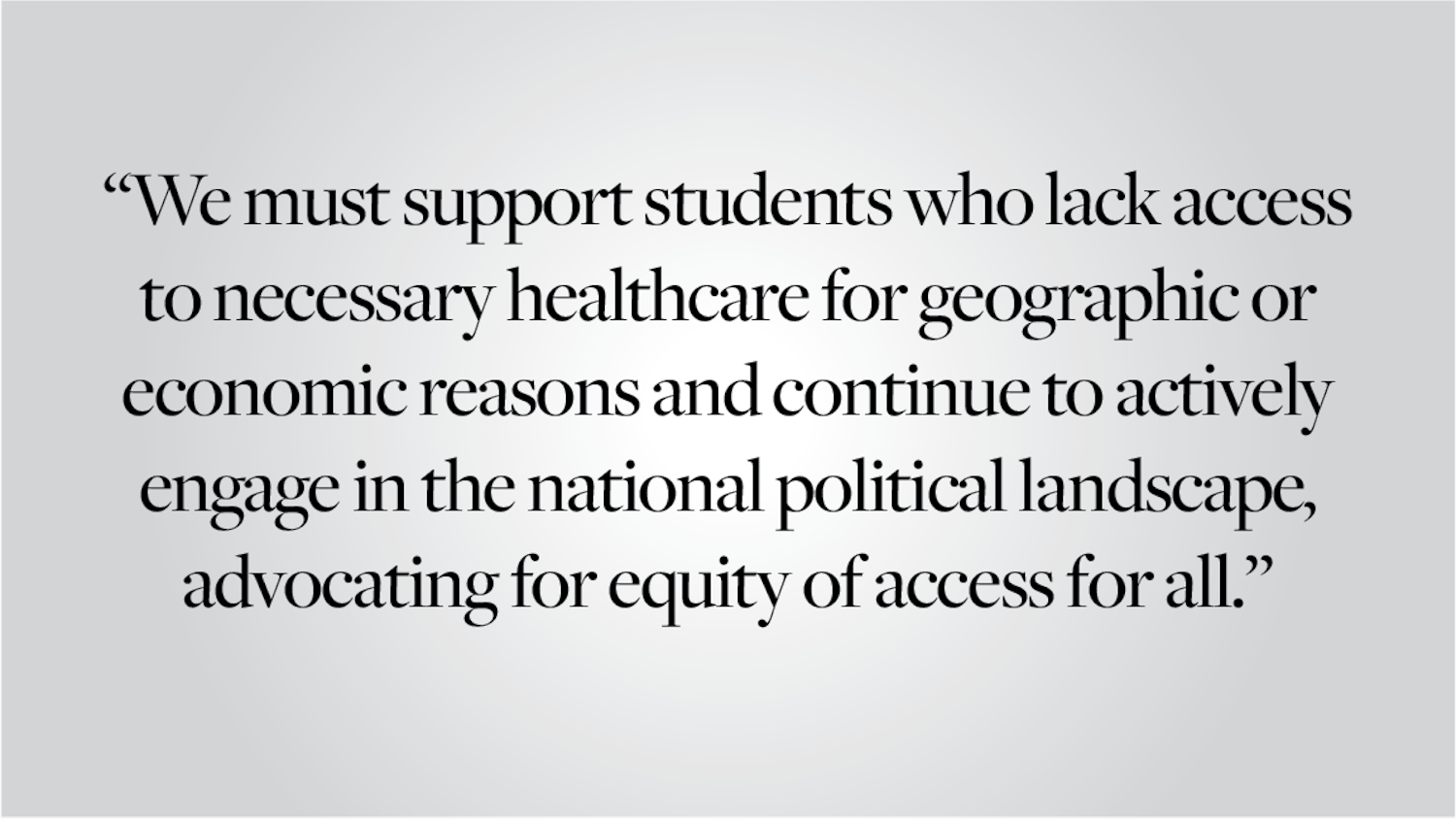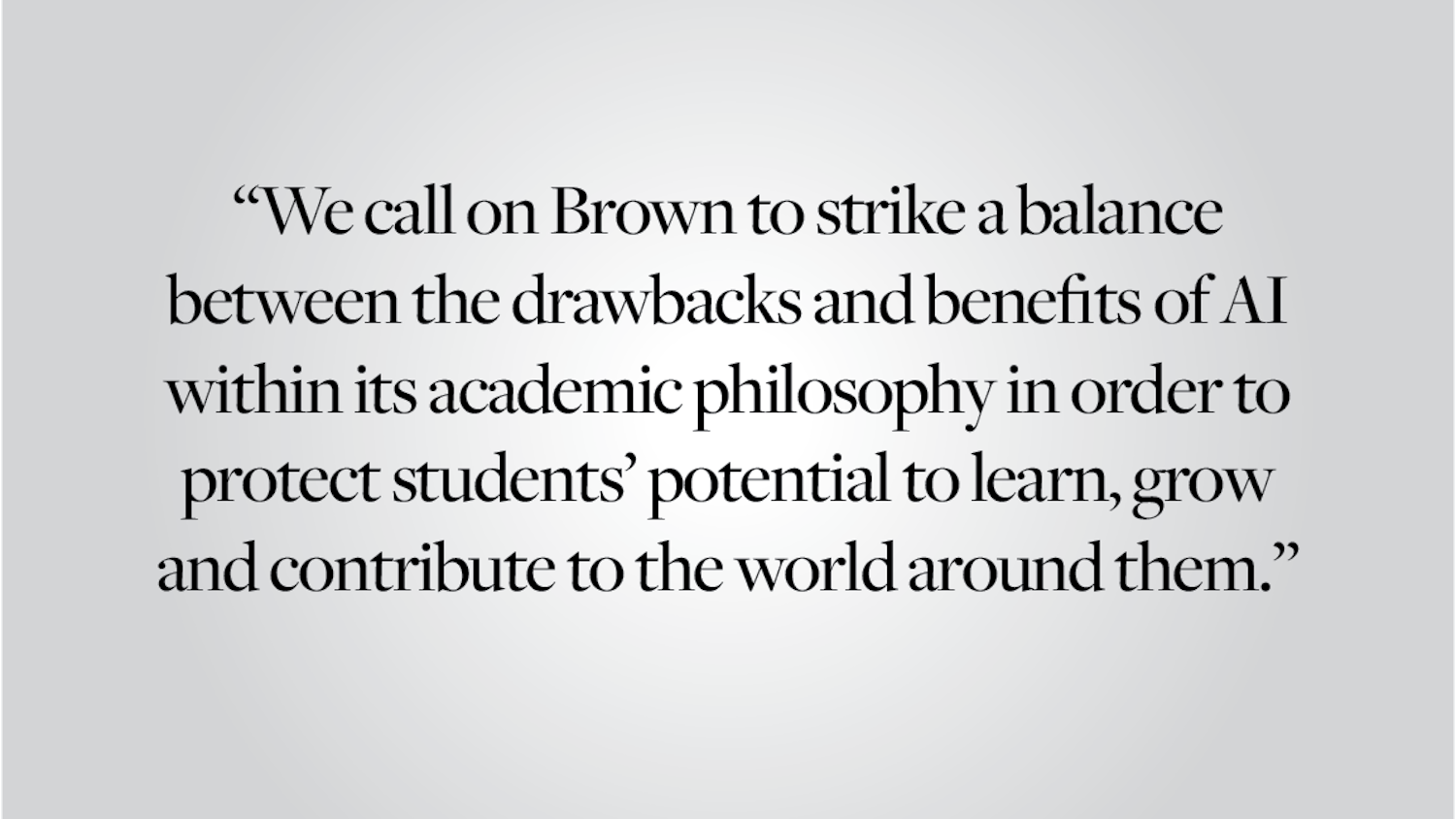Departmental Undergraduate Groups, or DUGs, could be a lot more than what they currently are. While most DUGs meet only a few times throughout the semester, the ones that stand out survive because of regular and self-reinforcing student and faculty involvement.
Making DUGs fun, social and informative opportunities for students within and without concentrations would not require a top-down approach from faculty members alone, or an approach led only by students. It would take mutual effort from both departments and their concentrators.
Improving DUGs could in turn improve advising in general, as sharing information and piquing interest would help new students choose their paths. Active DUGs would be fun and collegial settings in which students could forge new friendships and learn more about their classmates. DUGs might see a dramatic rise in energy from more frequent meetings.
At Pomona College, the linguistics department’s equivalent of a DUG holds a weekly dinner with several faculty members in a main dining hall. This dinner fosters a sense of collegiality and makes a community out of the group, though it does not leave it up to the group’s officers to do everything. The key is that everyone — not only faculty members or students — must contribute to the DUG to make it work. While weekly dinners would cost departments a bit more money, certainly a monthly meal of the sort would not be out of the question. The classics DUG already holds weekly events called “pizza Thursdays” in which lunch and a lecture go together, though few Brown community members are aware of this initiative.
Most DUGs can also go miles in complementing students’ learning in courses. Many science DUGs — including those for neuroscience, math and computer science — have their own websites that feature a schedule of upcoming events, testimonials and suggestions from students about the DUG and what kind of social and academic resources it presents. The math DUG website also offers many helpful guides on how to solve certain problems and run certain statistical software. The site is a hub of good information that should be publicized to all students who take or utilize math at Brown, not merely concentrators.
Yet the DUGs that are ultimately most successful — such as the neuroscience DUG — rely on faculty support. Professors advertize the DUG in class, and the websites for the neuroscience department and some neuroscience courses refer to the neuroscience DUG’s website. Sharing this information is important, and it obviously takes student input — probably a lot of student-coded HTML — to make these resources available. It also takes a spirit of anticipating positive developments, rather than expecting any one entity to carry the whole weight.
So, for this to work, faculty members and students will both have to give a little. Brown courses are often narrowly focused, as they should be. DUGs can be a good place for students to learn about other courses and other professors’ research to which they might not otherwise be exposed. A little more institutional support to get it off the ground, matched by effort on students’ part to attend events, will quickly pay dividends in many new memories, new learning and real joy in the study of a discipline.
Editorials are written by The Herald’s editorial page board: its editors, Alexander Kaplan ’15 and James Rattner ’15, and its members, Natasha Bluth ’15, Manuel Contreras ’16 and Baxter DiFabrizio ’15. Send comments to editorials@browndailyherald.com.




